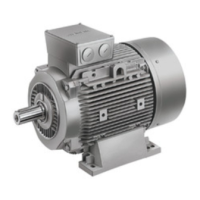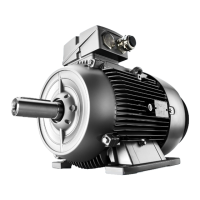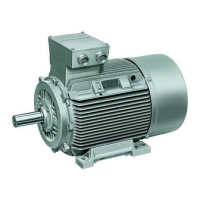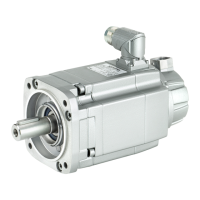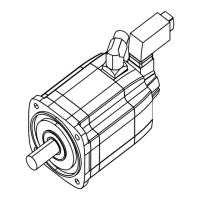Procedure
The machine axis must be vertical when it is lifted and the flange must be parallel to the mating
flange, so as to avoid seizing and stressing. Otherwise damage to the centering will result.
1. Grease the centering flange with assembly paste to make the process easier.
2. Screw in two studs into tapped holes on opposite sides of the driven machine flange. The
studs act as positioning aids.
3. Lower the machine slowly toward the driven machine and into the centering, so that the
flanges do not quite touch. Lowering too quickly risks damaging the centering.
4. If necessary, rotate the machine into the right position so that the clearance holes in the
flange are central to the tapped holes.
5. Lower the machine completely onto the mating flange so that it is fully in contact; then
remove the studs.
6. Fix the machine using the flange fixing bolts.
See also
Tightening torques for screw and bolt connections (Page 139)
Alignment accuracy
The coaxial characteristic of the shafts of electrical machines and driven machine may not
exceed 0.05 mm in diameter.
5.3.7 Axial and radial forces
You can obtain the permissible values for axial and radial forces by contacting the Siemens
Service Center (Page 137) or referring to the machine catalog.
NOTICE
Damage to bearings or the shaft
Large output masses and their centers of gravity outside the shaft extensions can lead to
resonance in operation. This can result in damage to the bearings and shaft.
Ensure that the permissible loads for the forces on the shaft extension are adhered to in
accordance with the catalog data or configuration data.
Assembly
5.3 Installing the machine
SIMOTICS TN Series N-compact 1LA8
Operating Instructions 05/2016 57
